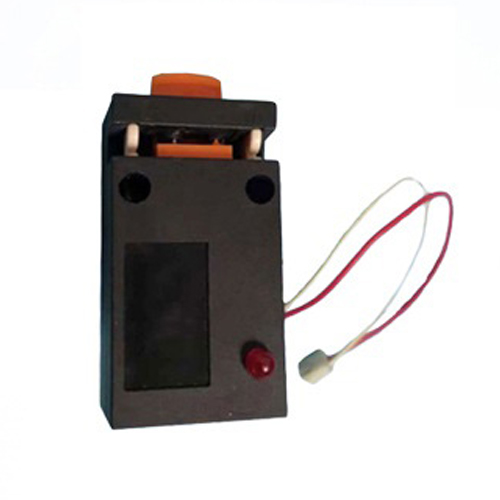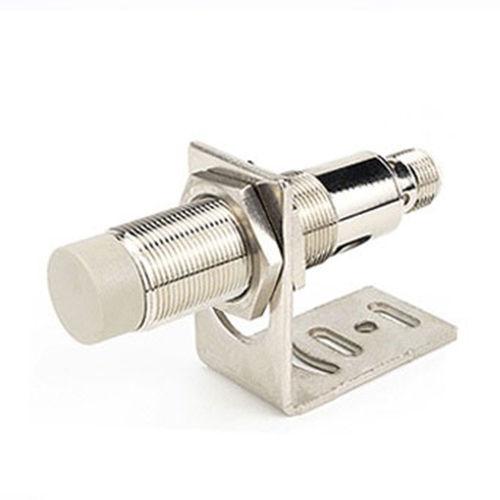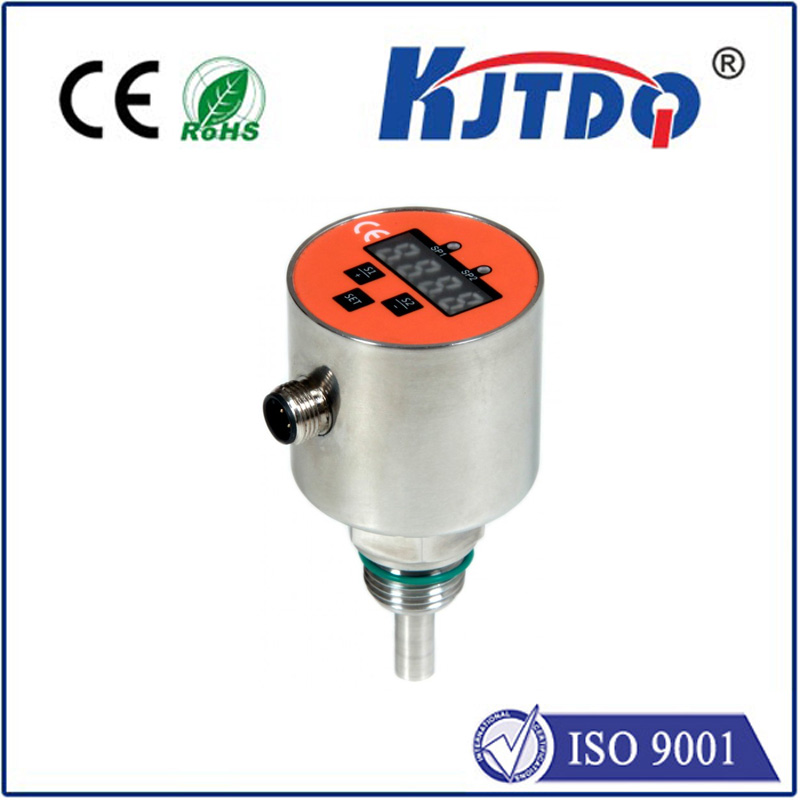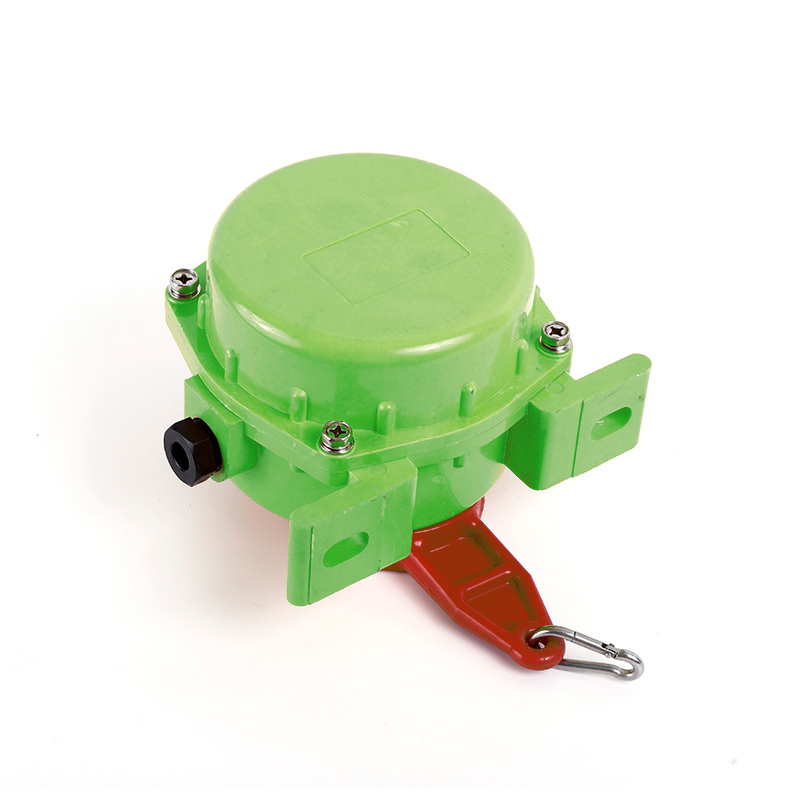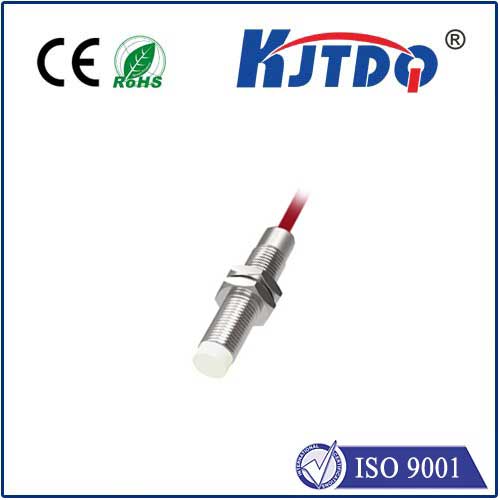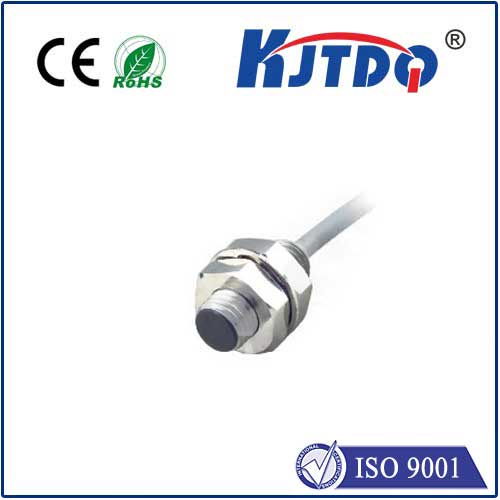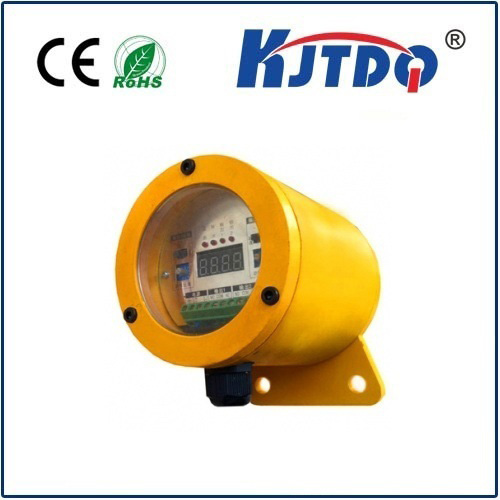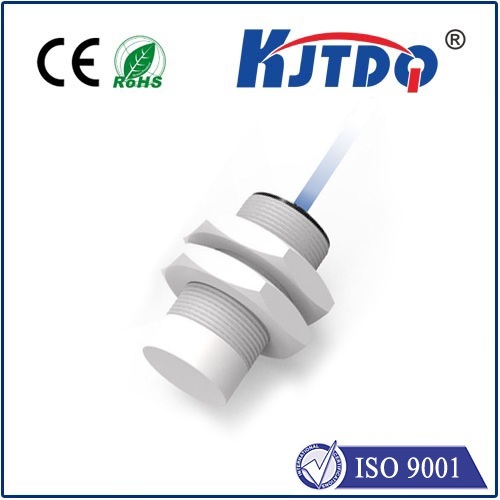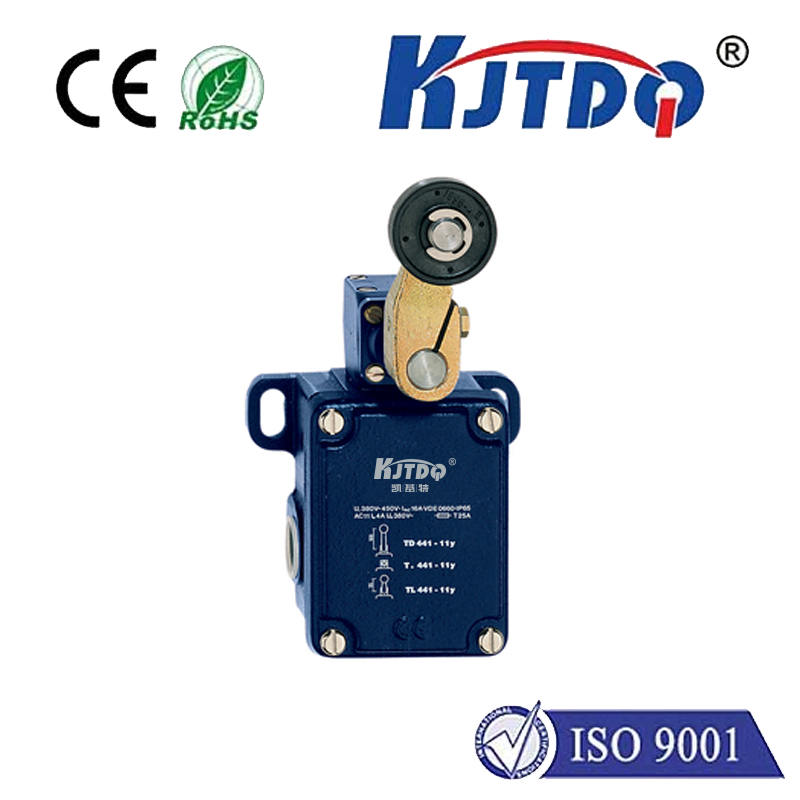Understanding RPLiDAR Range: A Comprehensive Guide to LiDAR Technology In the rapidly evolving world of robotics, autonomous vehicles, and smart mapping systems, LiDAR technology has emerged as a game-changer. Among the various LiDAR systems available, RPLiDAR has gained significant attention for its affordability, reliability, and versatility. But what exactly is RPLiDAR range, and why does it matter? This article dives deep into the concept of RPLiDAR range, its applications, and how it compares to other LiDAR systems.
RPLiDAR, developed by SLAMTEC, is a compact and cost-effective 2D LiDAR sensor designed for applications in robotics, mapping, and navigation. Unlike traditional LiDAR systems, which can be bulky and expensive, RPLiDAR offers a lightweight and accessible solution without compromising on performance. The range of a LiDAR sensor refers to the maximum distance it can accurately detect objects. For RPLiDAR, this range varies depending on the model, with some versions offering ranges of up to 40 meters. This makes it suitable for a wide array of applications, from indoor navigation to outdoor mapping.
The range of a LiDAR sensor is a critical factor in determining its suitability for specific tasks. A longer range allows the sensor to detect objects at greater distances, which is essential for applications like autonomous vehicles or large-scale mapping. On the other hand, a shorter range may be sufficient for indoor robots or smaller environments. RPLiDAR strikes a balance between range and affordability, making it an ideal choice for both hobbyists and professionals. Its 360-degree scanning capability ensures comprehensive coverage, while its compact design allows for easy integration into various systems.
The versatility of RPLiDAR’s range makes it a popular choice across multiple industries. Here are some key applications:
Робототехника: In robotics, RPLiDAR is widely used for obstacle detection and navigation. Its 360-degree scanning and reliable range enable robots to move safely and efficiently in dynamic environments.
Autonomous Vehicles: While RPLiDAR is primarily a 2D LiDAR, it can be used in conjunction with other sensors to provide essential data for autonomous vehicle navigation.
Mapping and Surveying: RPLiDAR’s range and accuracy make it a valuable tool for creating detailed maps of indoor and outdoor spaces.

Smart Home Devices: From vacuum cleaners to security systems, RPLiDAR’s compact design and reliable performance have made it a favorite among smart home device manufacturers.
When choosing a LiDAR sensor, it’s essential to consider how its range compares to other systems. While high-end LiDAR sensors like those from Velodyne or Hesai offer ranges of up to 200 meters, they come with a hefty price tag. RPLiDAR, on the other hand, provides a more affordable solution with a range that is sufficient for many applications. For example, the RPLiDAR A3 model offers a range of up to 25 meters, while the RPLiDAR S1 extends this to 40 meters. While these ranges may not match those of premium LiDAR systems, they are more than adequate for tasks like indoor navigation, small-scale mapping, and robotics.
Several factors can influence the effective range of an RPLiDAR sensor:
Environmental Conditions: Dust, fog, or rain can reduce the sensor’s range and accuracy.
Reflectivity of Objects: Surfaces that are highly reflective or absorbent may affect the sensor’s ability to detect objects at maximum range.
Mounting Height: The height at which the sensor is mounted can impact its field of view and effective range.
Scanning Frequency: Higher scanning frequencies can improve data accuracy but may slightly reduce the effective range.
To get the most out of your RPLiDAR sensor, consider the following tips:
Choose the Right Model: Select a model with a range that matches your application’s requirements.
Ensure Proper Calibration: Regular calibration can help maintain the sensor’s accuracy and range.
Minimize Environmental Interference: Position the sensor in a way that reduces exposure to dust, moisture, or other environmental factors.
Combine with Other Sensors: For applications requiring longer ranges or 3D data, consider integrating RPLiDAR with other sensors like cameras or IMUs.
As LiDAR technology continues to advance, we can expect improvements in the range, accuracy, and affordability of sensors like RPLiDAR. Innovations in solid-state LiDAR and AI-driven data processing are likely to further enhance the capabilities of these systems, opening up new possibilities for their use in industries ranging from agriculture to healthcare. In conclusion, the RPLiDAR range is a critical aspect of its functionality, making it a versatile and cost-effective solution for a wide range of applications. Whether you’re building a robot, mapping a space, or developing an autonomous system, understanding and optimizing the range of your RPLiDAR sensor can help you achieve your goals with precision and efficiency.

